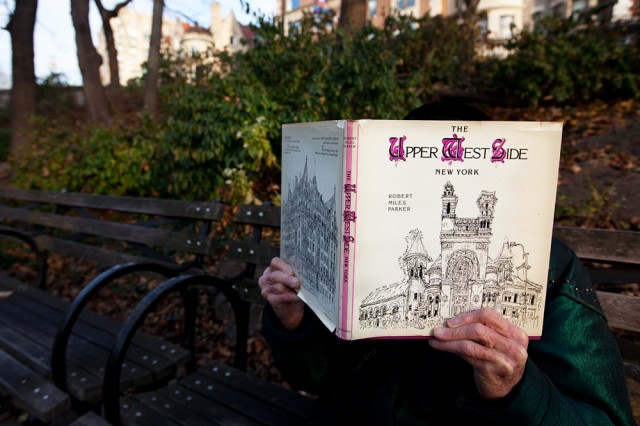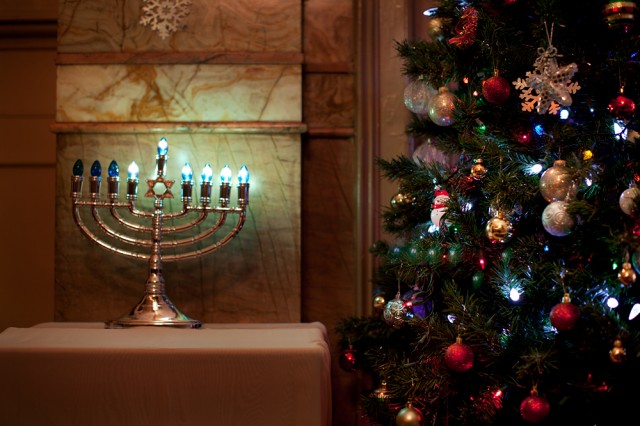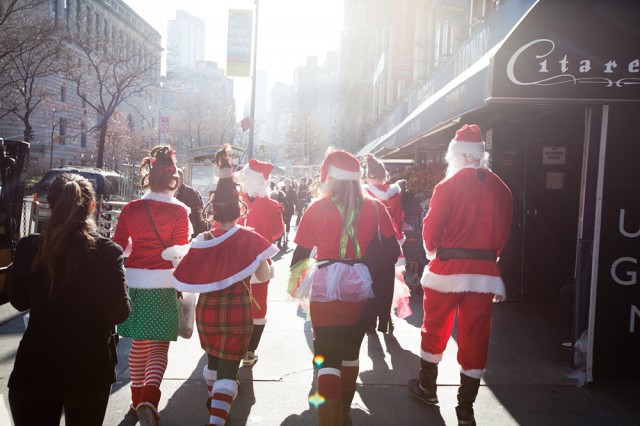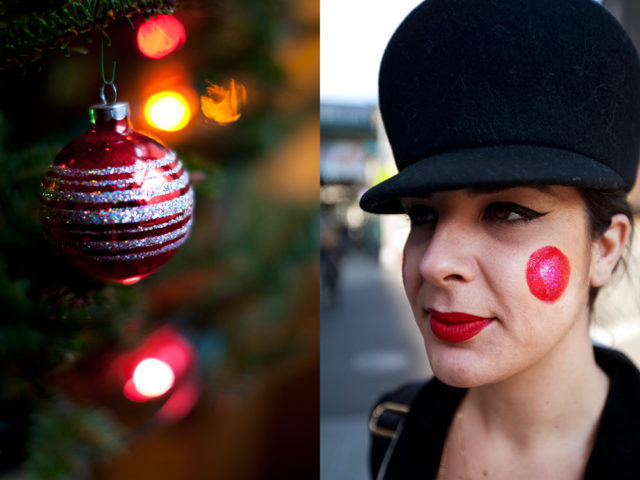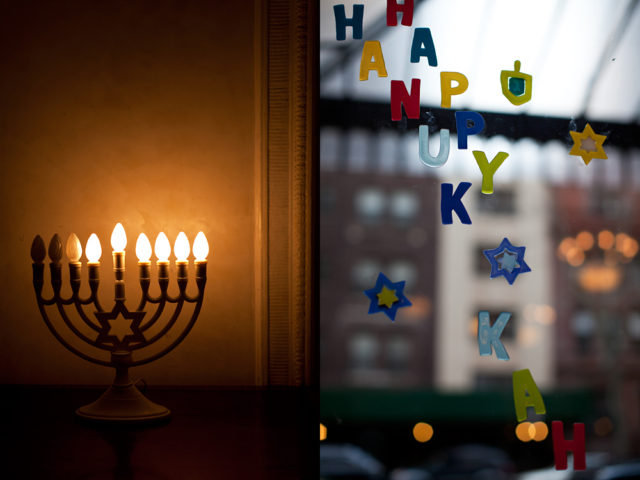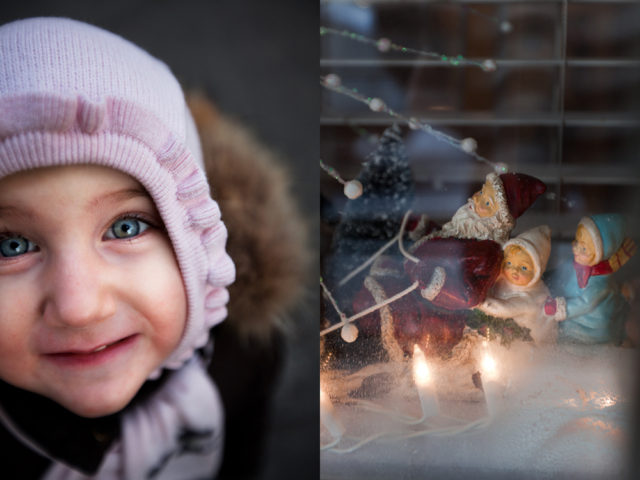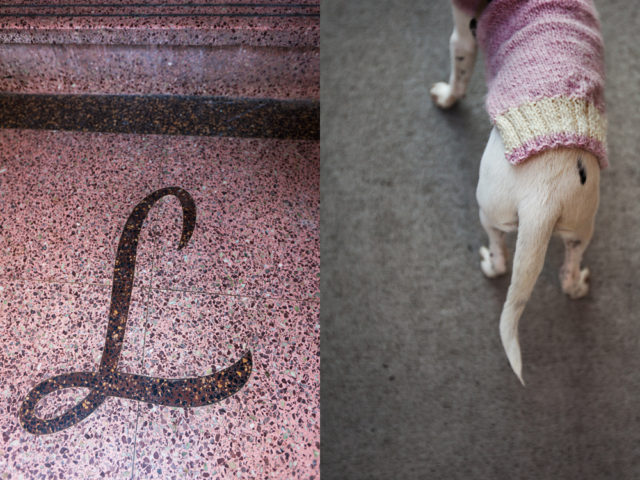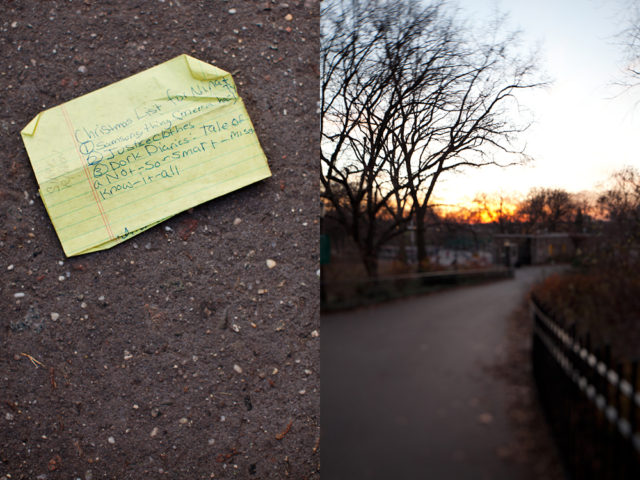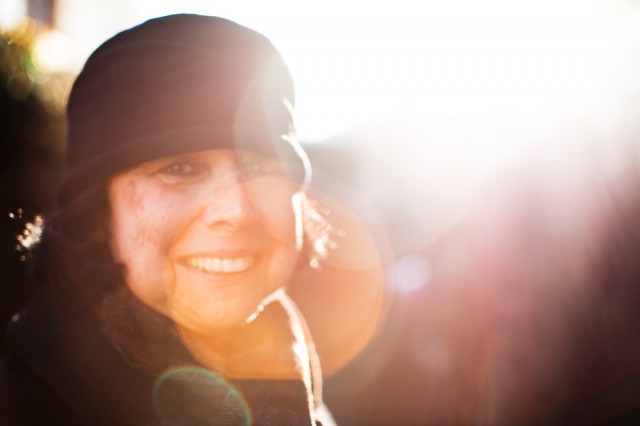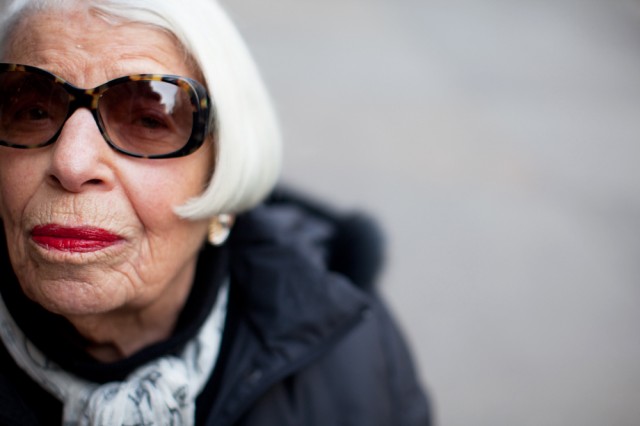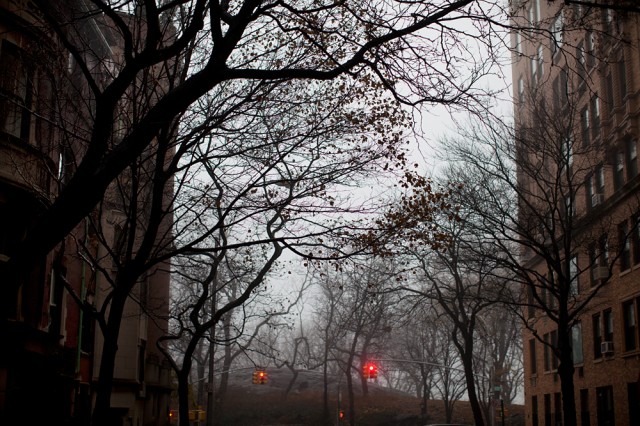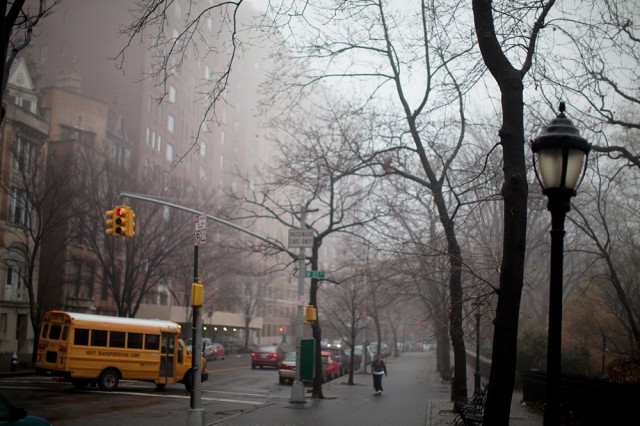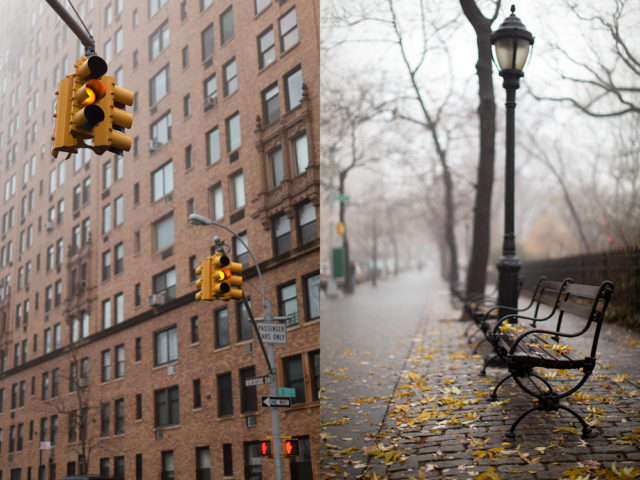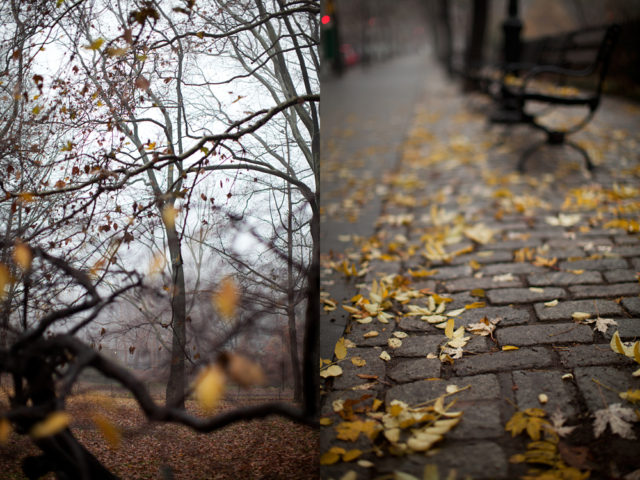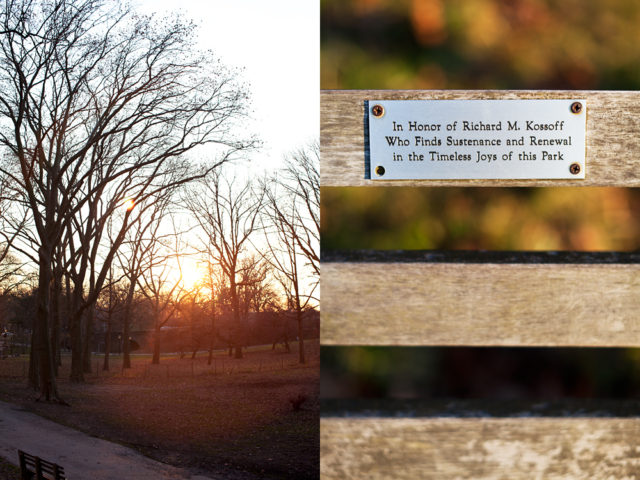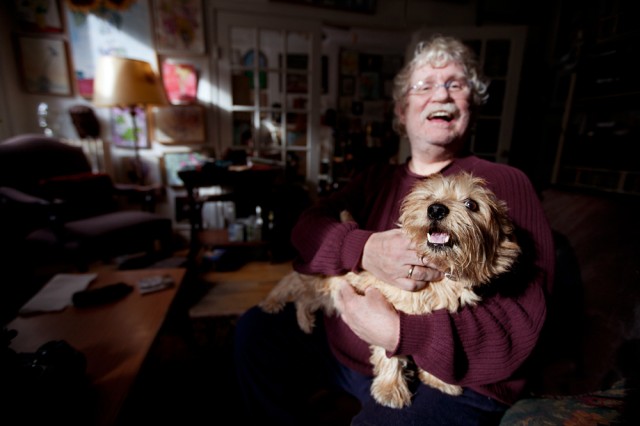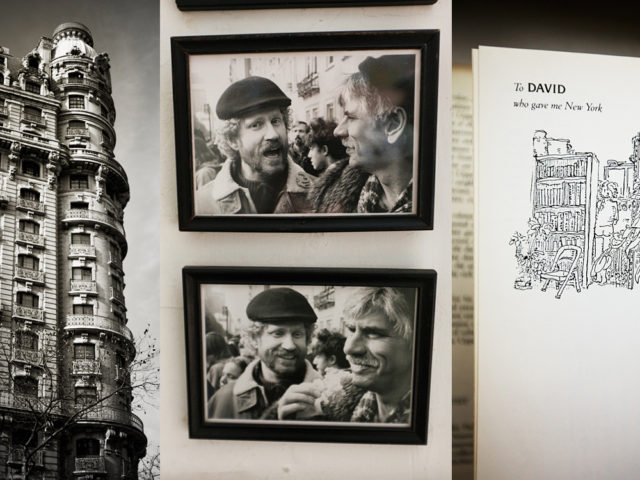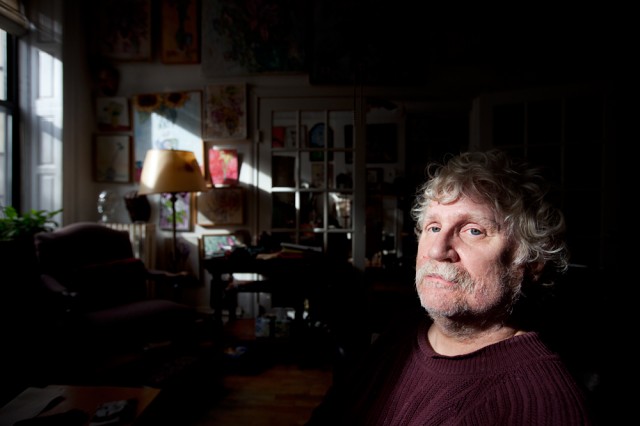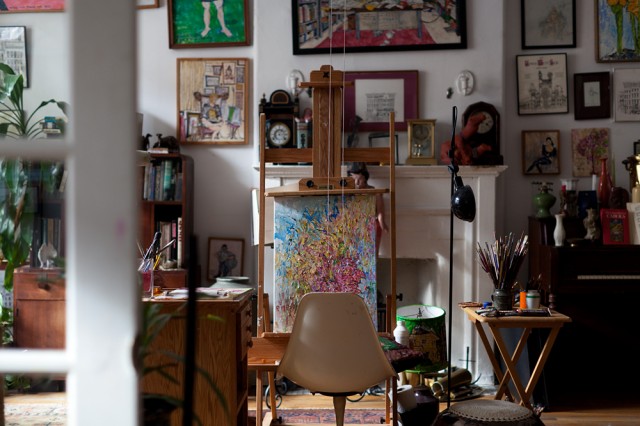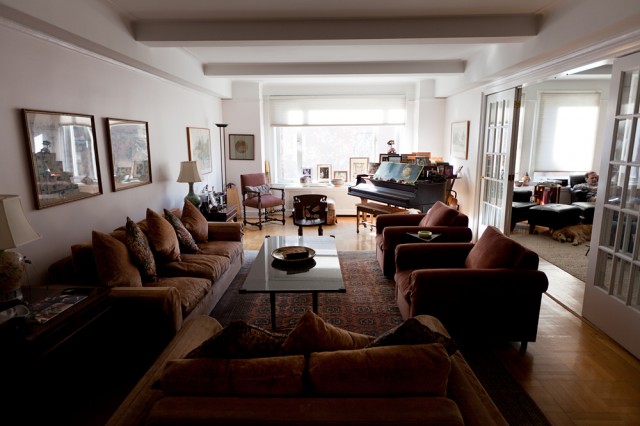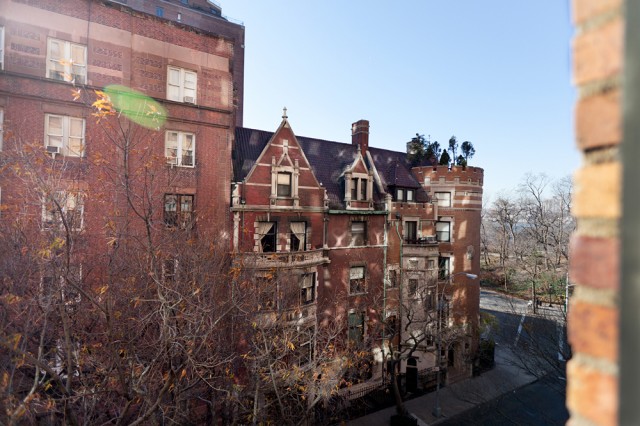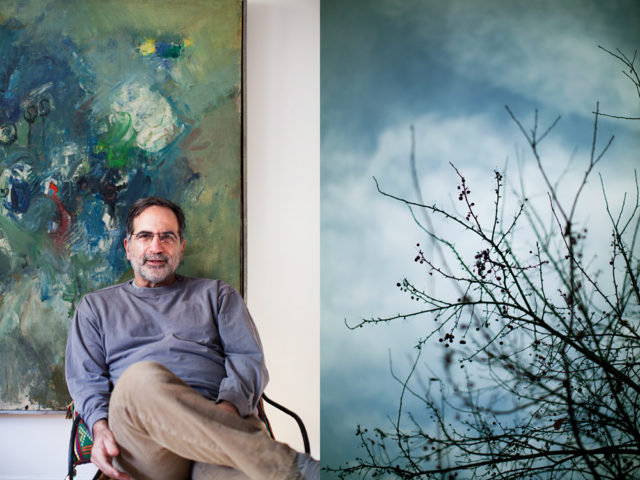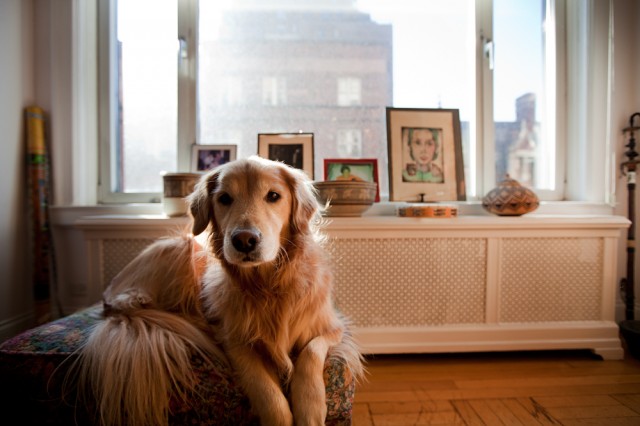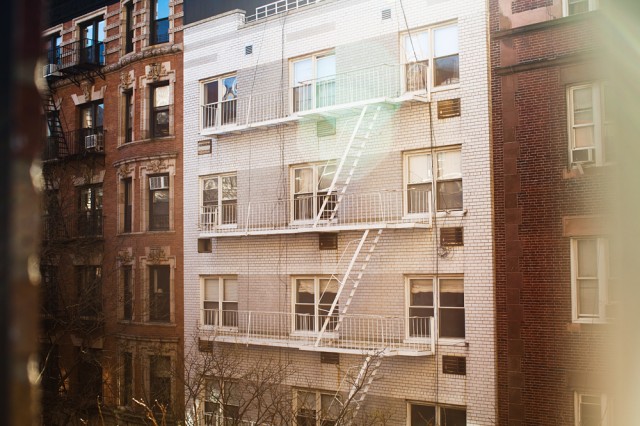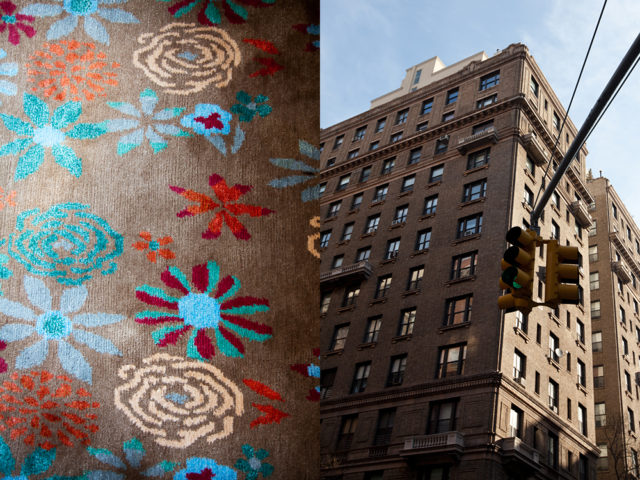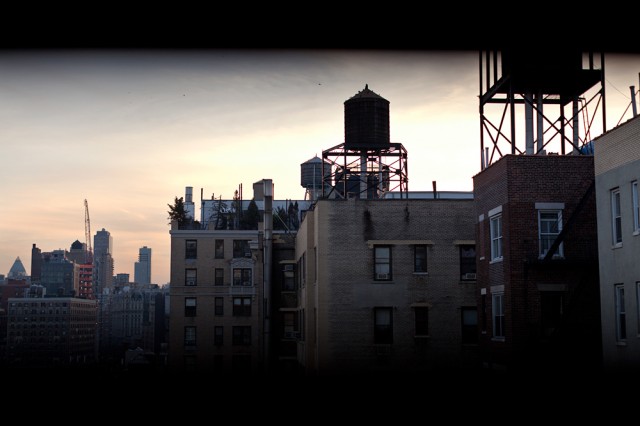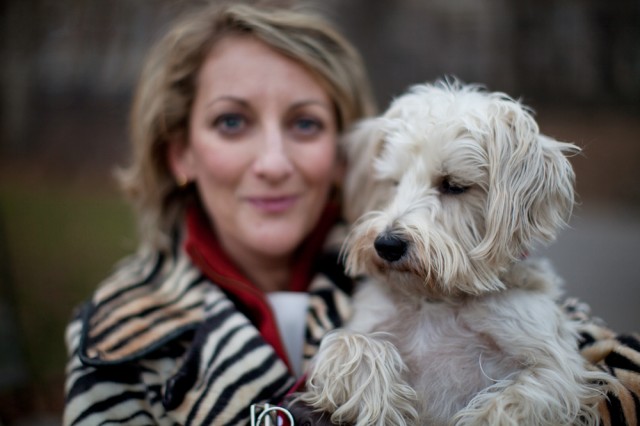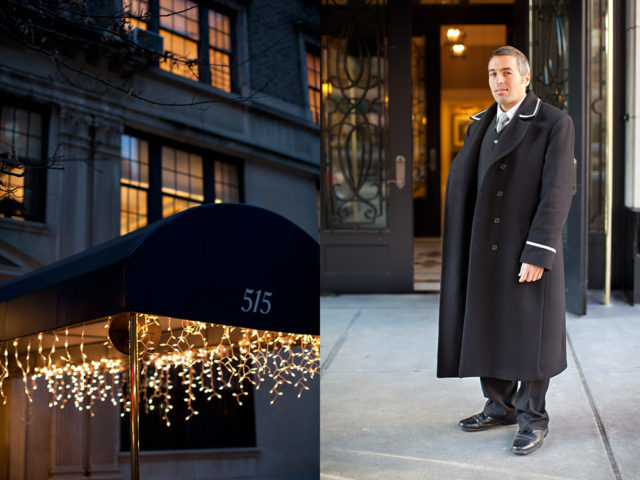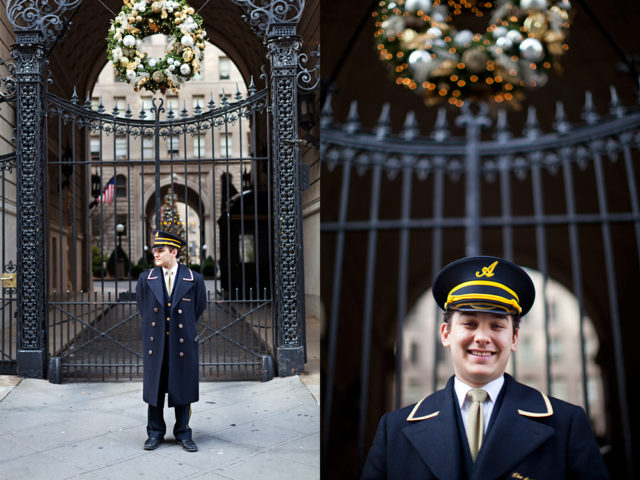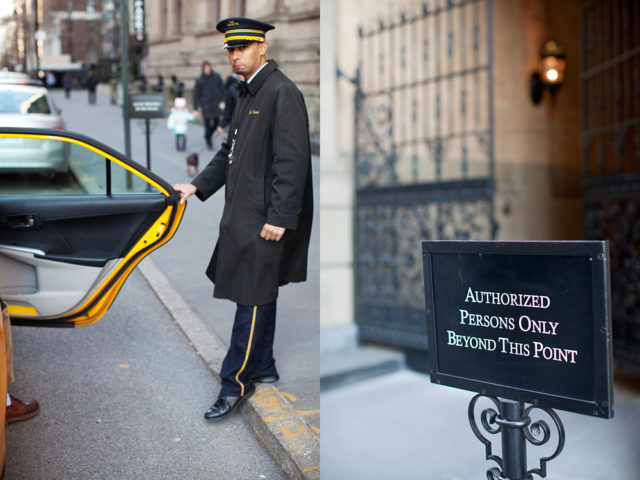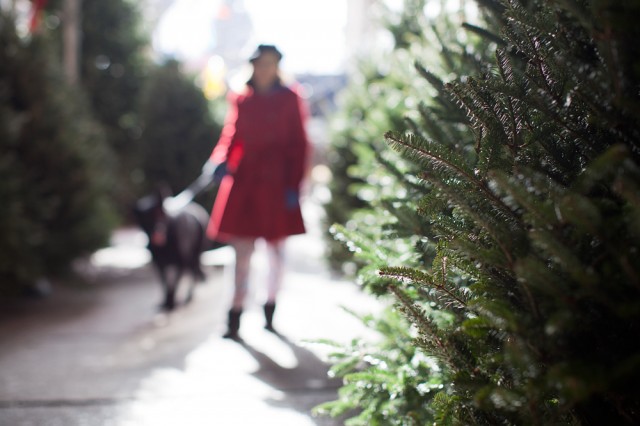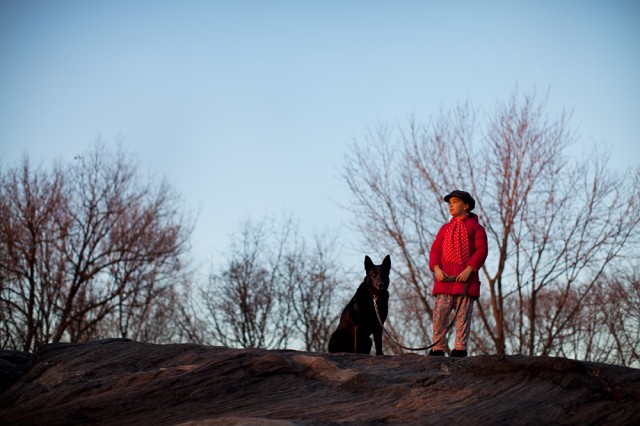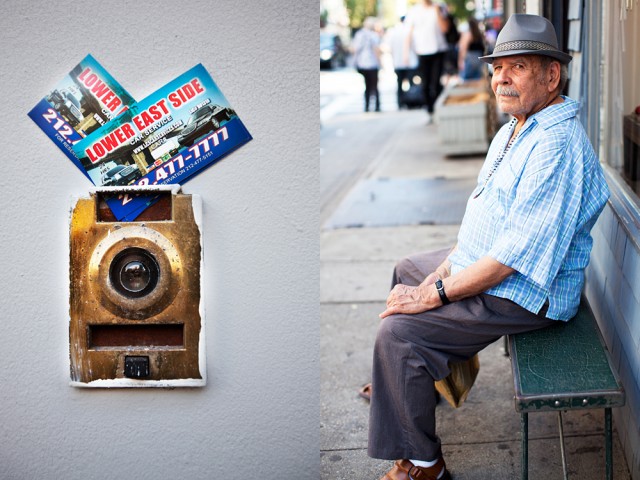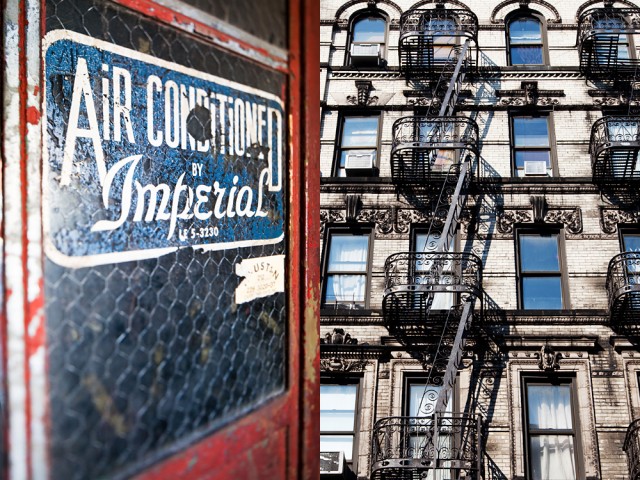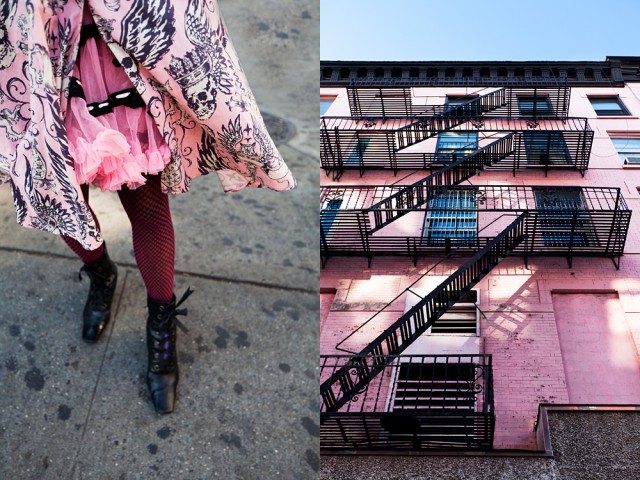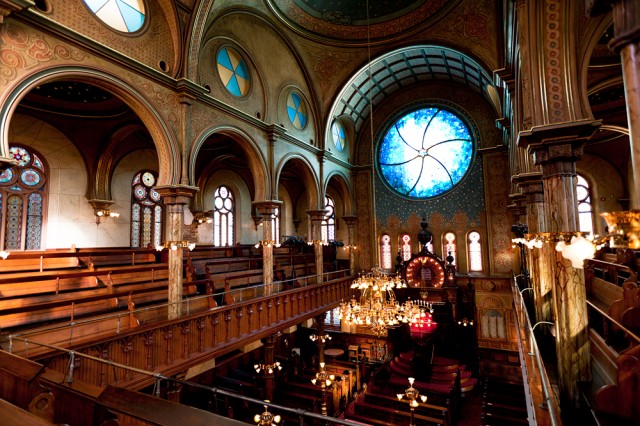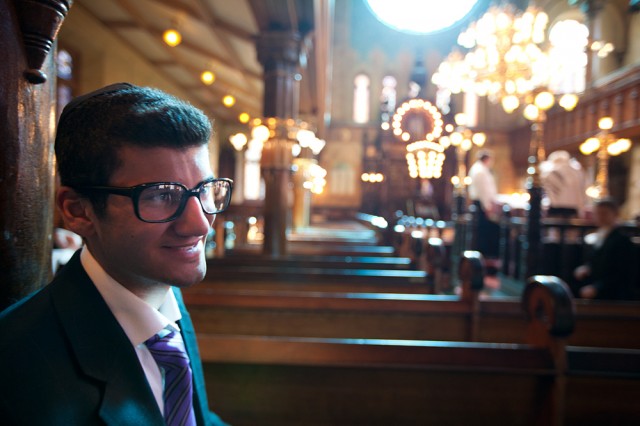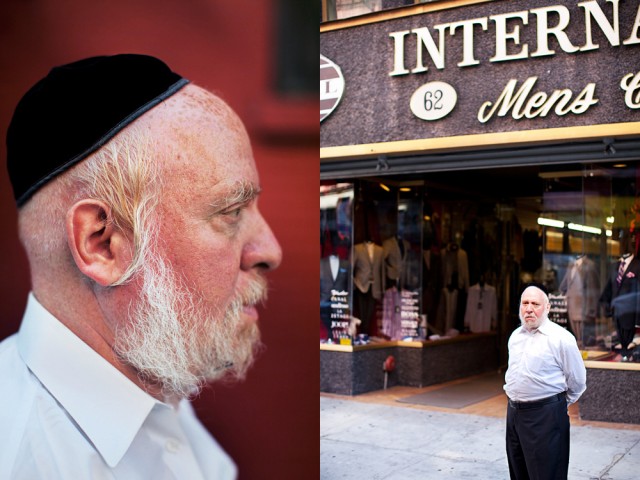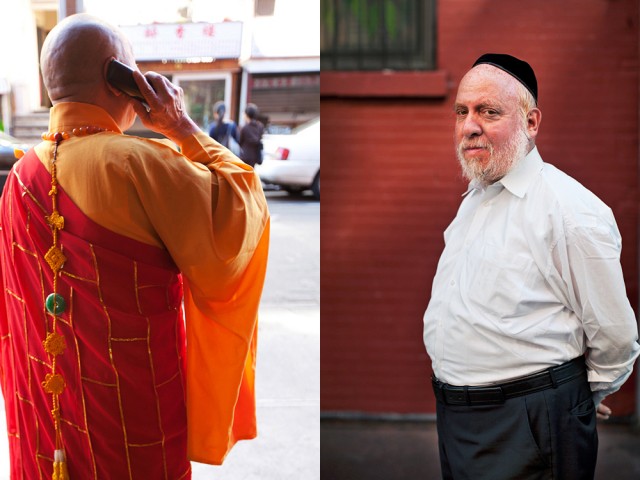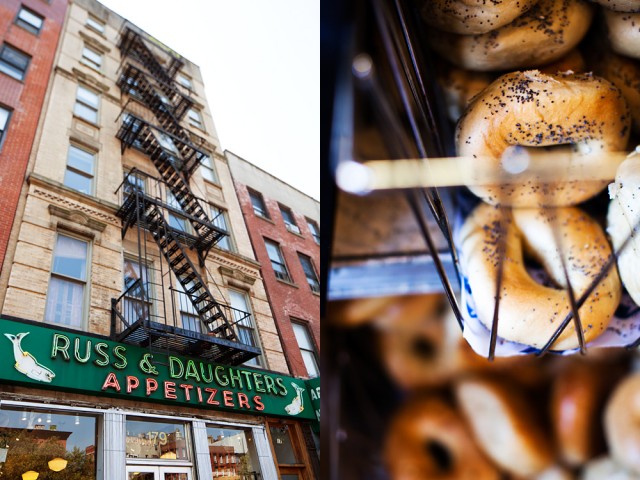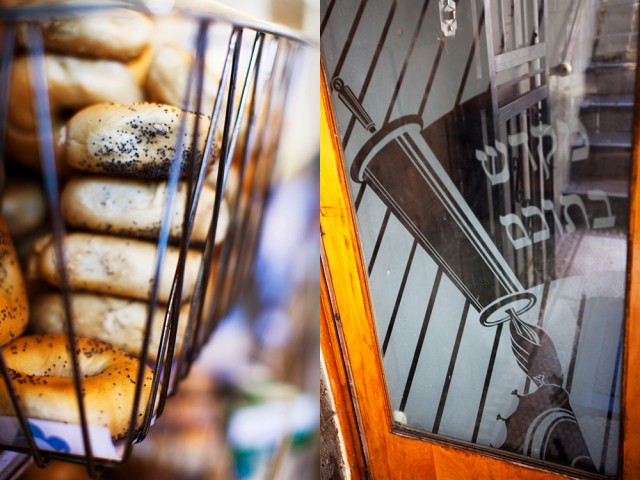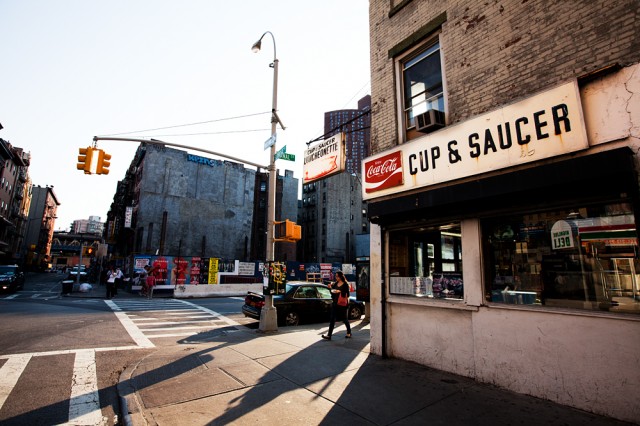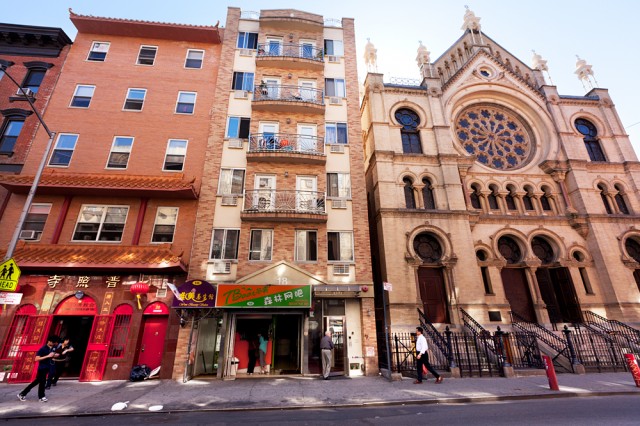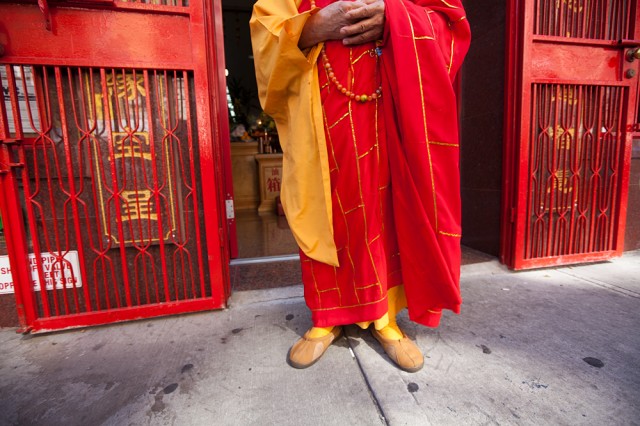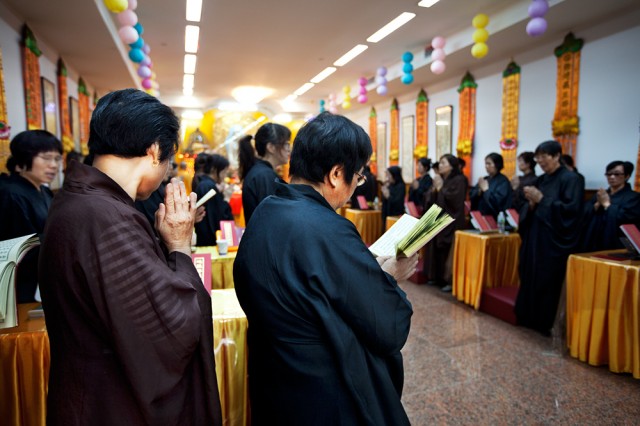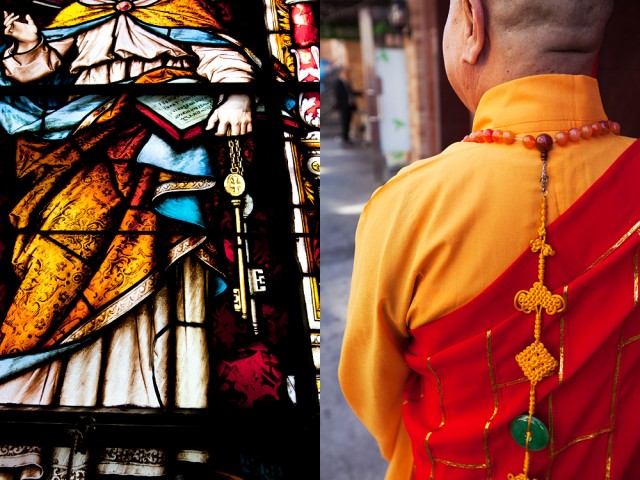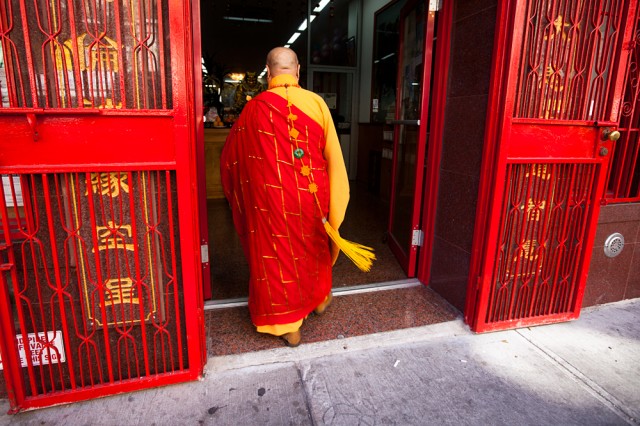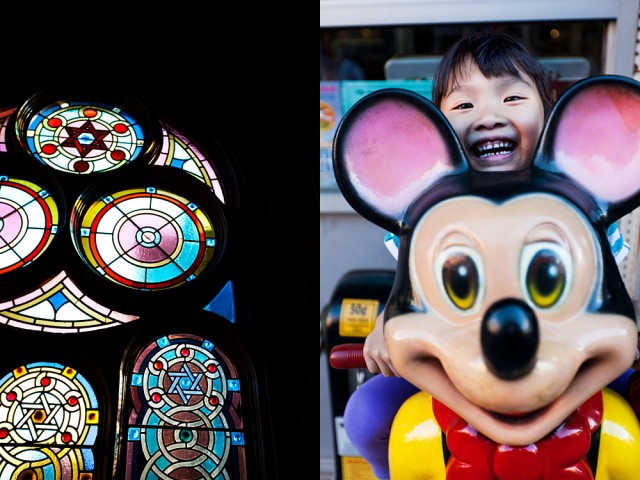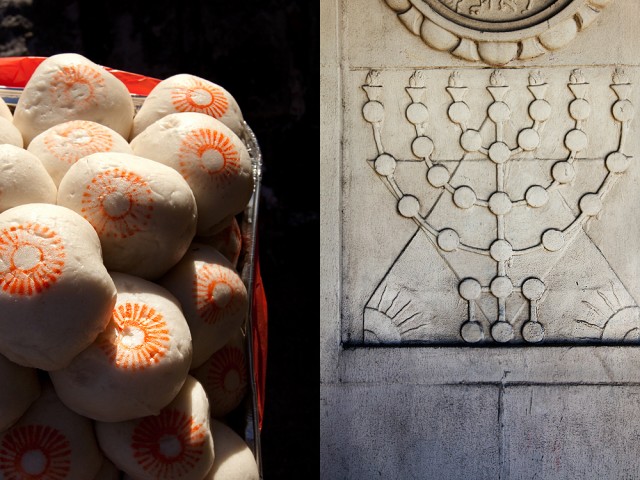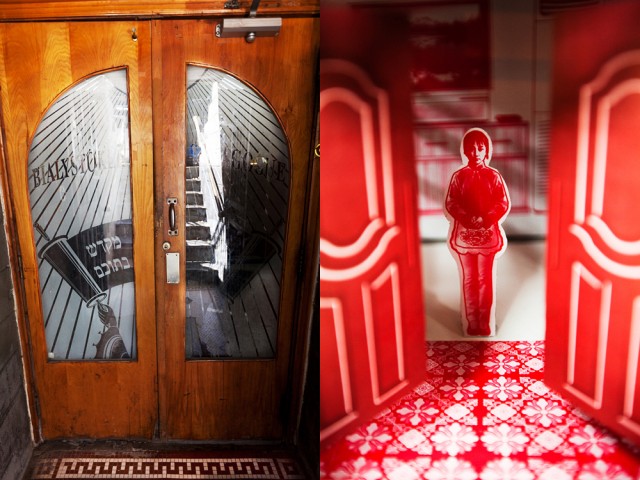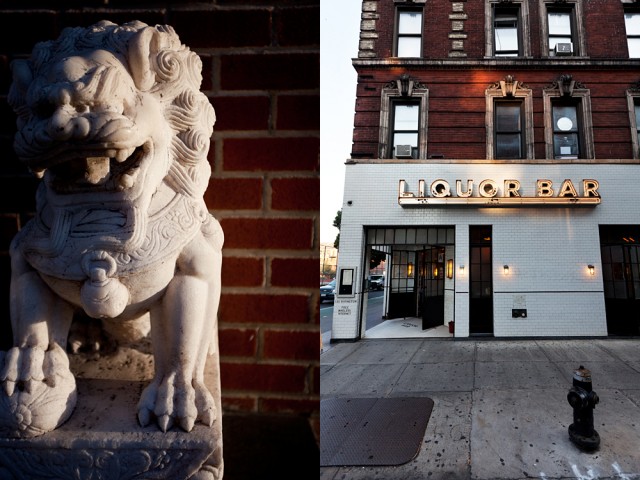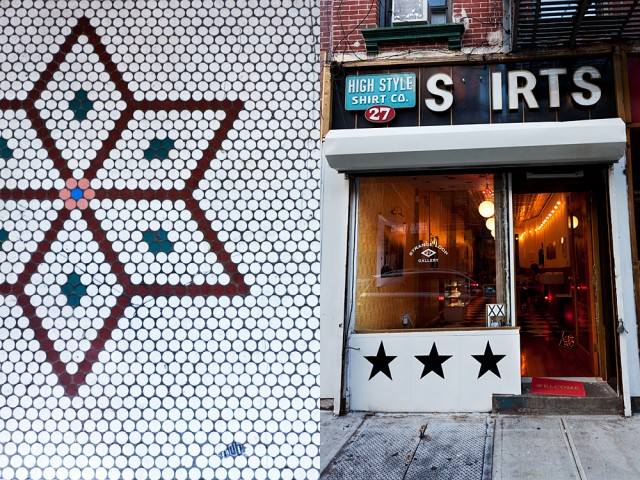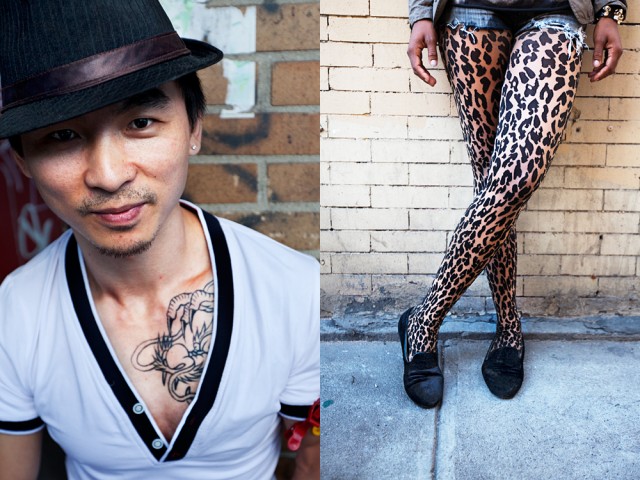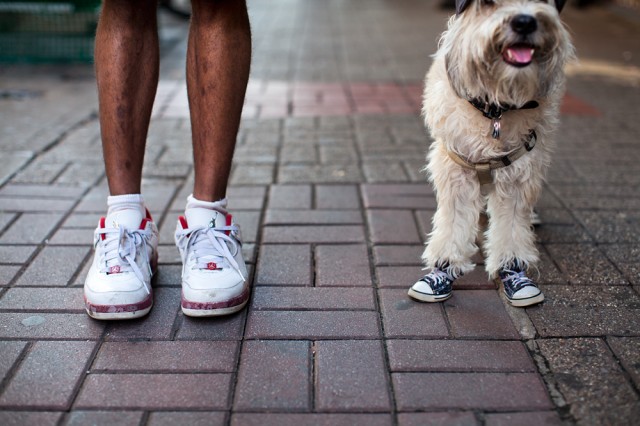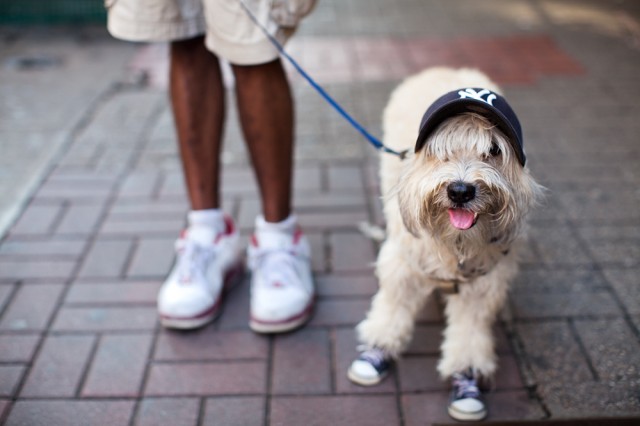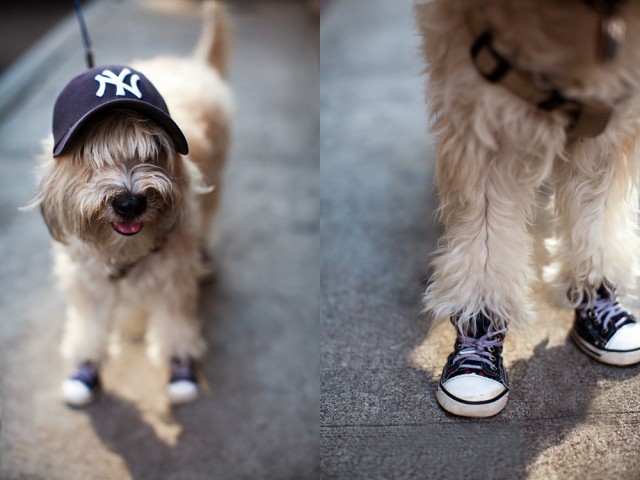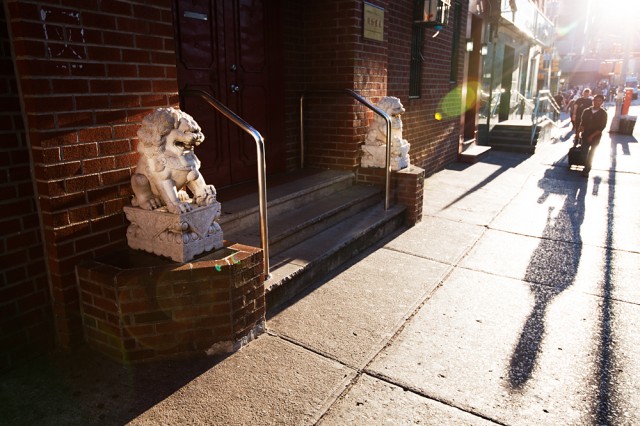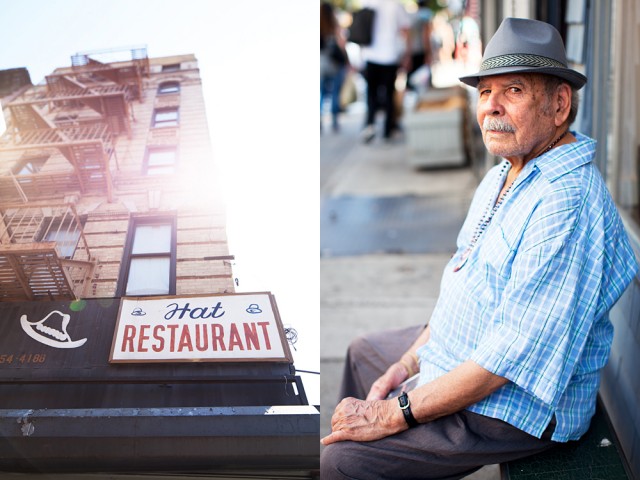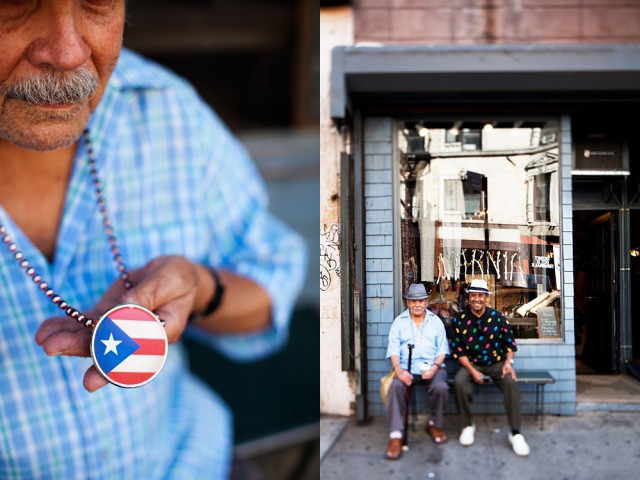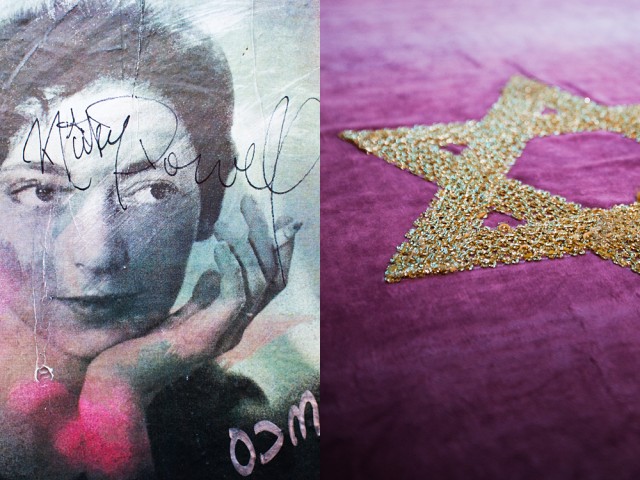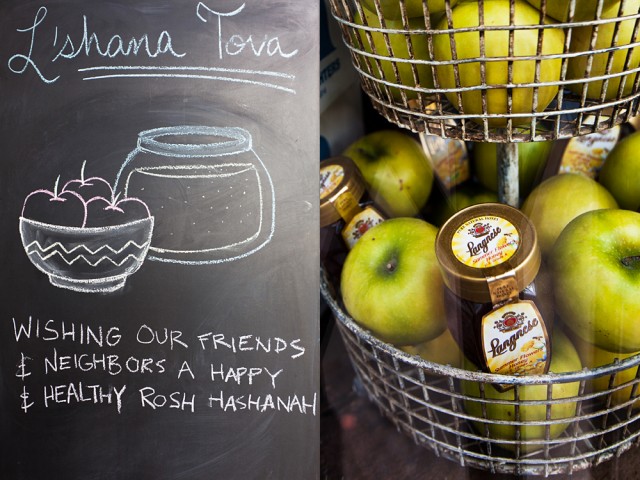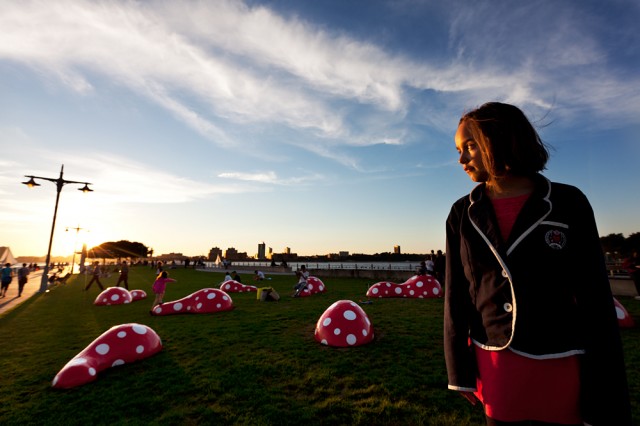Welcome – back – to NY! I know. But I have my reasons…
Coco is usually incredibly flexible, not minding where we go or what we do. But there was one thing she really felt strongly about – if we weren’t going to be home in time to spend Christmas with our family, that we at least spend it with friends. Having made all the decisions for 99% of this project, I decided it was only fair she have a say at last.
By coming back to NY for a few weeks, we could not only tick the ‘Christmas with friends’ box – we could also check out the city post-Hurricane Sandy.
Like millions around the world I watched with horror as parts of NY went under water during the ‘super storm’ almost two months ago, drowning people in basements and wrenching babies from their mother’s arms.
But when I emailed my friend Chris, who we’d stayed with on the Upper West Side just weeks before, it was almost “What hurricane?” Strong winds, sure, but no flooding, no loss of power and no tragic stories.
I wanted to see for myself how this ‘tale of two cities’ was panning out.
So back to NY we went. We had to fly to LA from Tokyo anyway so it wasn’t such a huge deal to hop on a plane for the five hour flight east to NY. But it still felt a little weird, looping back, not to mention guilt-inducing – my carbon footprint has never been so worrisome.
I’d planned to start with one of the NY neighbourhoods that was badly affected by the storm surge but I hadn’t counted on the fact that we’d be total zombies for a week from seriously bad jet lag. Even when we were awake we felt half asleep.
So, given that we were back on the Upper West Side in Chris’s apartment, it made sense to stay local and begin here.
Some facts. The Upper West Side is big, stretching from 59th Street to 110th Street, and from the Hudson River to Central Park. In the 18th century it was farmland with a few wealthy country residences dotted around. Some of NY’s best loved buildings were built in the early 1900s, including the Dakota and the Apthorp. By the mid-1900s, the UWS was built-up and had become a real mix – Jewish, gay, Hispanic, artists, working class and rough. It gentrified like the rest of Manhattan in the late 20th century and is now mostly affluent.
Okay, let’s have a look….
Part 1: At first glance
Hurricane Sandy was all about elevation – areas that were low lying went under, those that didn’t got off almost scot-free.
Being the second most elevated area in NYC, the UWS was in the latter category; it was simply too high for the storm surge to affect it.
So while I wasn’t expecting to see any physical evidence of Hurricane Sandy, I thought maybe you’d be able to read it on people’s faces; New Yorkers are renown for uniting in the face of disasters – they would surely be feeling the pain.
But no, at least not that you could tell from a quick glance. While the UWS is usually fairly quiet, it wasn’t abnormally subdued. This was not a neighbourhood struggling to come to terms with one of the worst storms in the city’s history and there’s no way you’d have guessed that a mere subway ride away, the recovery was far from over – from what I’d read, many of the 20,000 residents of one of the worst affected areas, the Rockaways, were still without heat or electricity. Not good anytime but especially bad during winter.
Meanwhile on the UWS, all was well. In fact, better than well – the holiday season had begun and whether you were Jewish or Gentile, celebrating Hanukkah or about to celebrate Christmas, life was good.
Of course, for some, the last week hasn’t been about lighting candles for Hanukkah or doing Christmas shopping, but just getting on with normal life. Like Sheila who was thrilled I noticed her – not only was she used to being “invisible”, she told me, “It’s also a year today that my mum died so I’m feeling kind of emotional.”
And Marilyn, who was visiting the neighbourhood not for anything festive but to see her therapist. Having been photographed a few years before for Ari Cohen’s ‘Advanced Style’ project and still very chic at 85, Marilyn struck me as someone who was in no danger of feeling invisible.
Part 2: Riverside Park
So that was my first impression of the UWS – normal but pleasantly festive. Magical even, on the morning when a thick fog came off the Hudson River, turning the local park where we went to walk Bella, Chris’s dog, into a cosy wintry corner. It felt like we were in a bubble, isolated from anything and everywhere. People walked their dogs, chatted and laughed with their neighbours. Again the thought went through my mind – ‘What hurricane?’
Riverside Park was just as magical in the sunshine.
Part 3: David and Miles
One encounter I had with a UWS resident made me forget about the hurricane completely.
While I was busy scrutinising the outside of an apartment block on 83rd street and Broadway, David, a retired history and American literature professor, emerged out the front door.
Once he’d found out what I was doing, he told me that was what his partner, Miles, had done for many years before his death from AIDS just eight months ago. “Except he used pen and ink, not a camera”.
Would I like to see his apartment? Sure!
While I had a nose around the ground floor apartment, the incredibly friendly and chatty David told me all about Miles (Robert Miles Parker), his partner of 27 years and a “semi-famous” artist and preservationist.
It seems Miles had spent much of his life wandering around the city drawing buildings he liked the look of.
A resident of the UWS for many years, in 1988 he produced “Upper West Side: New York,” a book of more than 200 drawings of buildings in the neighbourhood and his personal commentary, which clearly showed his passion for the old and under threat.
When he died the city showed its appreciation of his work by publishing his obituary in the NY Times.
David also told me how much the UWS had changed. In the 80s his apartment was a crack den with a prostitute on the corner. Now the area was “very yuppy but old – Jewish intellectual and an older gay population”. Fortunately for him his apartment, where’s he lived since 1989, is rent controlled but were it not, the former crack den – a two bedroom with high ceilings and a double living room – would rent for US$1,500 a week.
I got so lost in David’s story that I completely forgot to ask him about his experience of the hurricane. It was only later that I wondered, if he had been flooded, how sad it would’ve been for all Miles’ paintings to have been lost. As it is, they’re still very much alive.
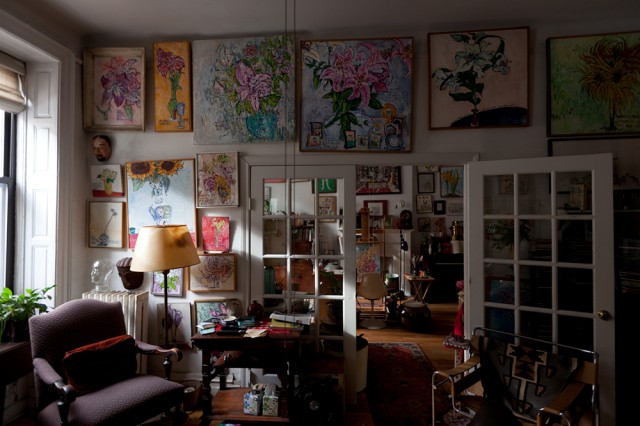
“People often notice the flower paintings as they walk past outside and want to come in and have a look”
Part 4: Harvey and Alice
After having a stickybeak in David’s apartment, I was keen to show you a few other ones in the neighbourhood.
Last time we were here, we’d done some dog-minding for Harvey and Alice, friends of our friend Chris who live across the road, just a few blocks down from David’s place. We’d only had a quick peek at their apartment when we dropped off Emma, their beautiful Golden Retriever. But from that one glimpse you could tell it was a classic older apartment with great proportions.
Could we come over and take a few shots? Sure.
On the day we visited, Alice was out and Harvey was on his own. This time I remembered to ask about the hurricane. Harvey told us that Alice, a lawyer, was actually heading off to the Rockaways the next day to advise some of the storm victims how to navigate complicated bureaucracies to receive government support. It was going to be a long road to recovery.
And what about the UWS, how had that changed? Harvey and Alice have lived in the 100 year old apartment for 33 years and, like David, remember the neighbourhood being incredibly different. “It used to be much more interesting. Now no one can afford to live here but wealthy types and it’s like a shopping mall”, said Harvey.
I had to agree – there’s a Victoria’s Secret on Broadway for goodness sake.
Emma and Chris’s gorgeous black German Shepard, Bella, are good mates. Helped no doubt by the fact they can wave to one another from across the street. Isn’t that what dogs do when no one’s looking?
Part 5: Margot, Stan, Sasha and Chloe
On one of our visits to the park to take Bella for a walk we met another UWS resident, Margot. Well, Coco met Margot – and charmed her so much she was invited over for a play-date with Margot’s two daughters.
The family live with various creatures (tortoises, hamsters, dog) on the 11th and 12th floor of an apartment block just around the corner from us. I didn’t take many shots but what was interesting about this place was that they’d joined two floors together to create a spacious, luxurious home in the heavens.
Margot is an actress, Stan, a musician, and the two girls, delightful.
When I asked Margot about the hurricane, I heard yet again that they’d barely noticed it on the UWS. But like many who live in the neighbourhood, they did feel the pain; Margot bought a whole load of stuff – food, nappies, anything she could think of that would be in short supply – and took it down to the Rockaways about a week after the hurricane had hit.
The morning we’d met Margot in the park, we’d also met Nancy, another UWS resident. She’d also responded to the disaster by going out to the Rockaways to do whatever she could to help.
“Before I went there, I didn’t realise the full extent of the disaster. Even though we’re not that far, it was like it was happening in another city.” When she went there she said, “You saw the best and worst of people. Some, taking stuff they clearly didn’t need, others doing everything they could to help.”
“But it was also quite scary: People think of the Rockaways as a nice beach area but it also has lots of projects (public housing) too. After Sandy, they became a no man’s land without any electricity, looting, old people afraid to come out of their homes. It was chaos.”
Part 6: The doormen of the UWS
The sense that everything was under control in the UWS was enhanced by the doormen in the neighbourhood. Guardians of their buildings and those within, they stand sentinel until required to hail down a taxi, carry a bag or even walk a dog. But wash a car? No, they do not wash cars.
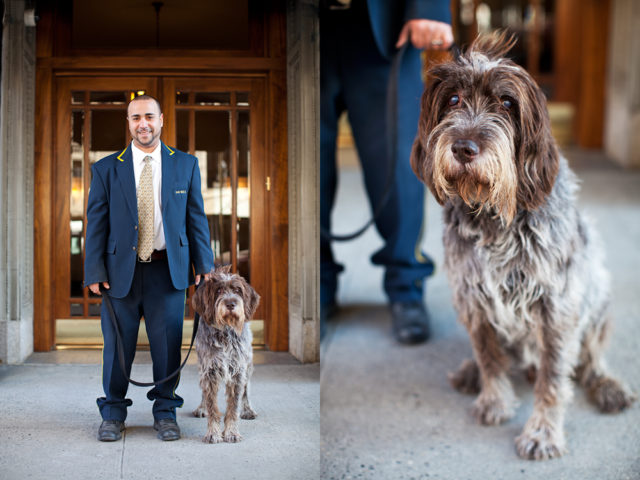
“The best thing about being a doorman is the people. Worst is the weather” – Raul, on West End, taking a tenant’s dog for a walk
The doormen of the Dakota, the building where John Lennon was shot, weren’t allowed to give their names nor pose. They’re busy enough fending off eager Lennon fans from venturing inside the famous building.

“I’ve been the Dakota’s doorman for 27 years, ever since I left school. I love it cos I get to meet people from all over the world”
The Wrap
The Upper West Side buildings are probably what I think of when I think of NY – handsome things with wonderful details and water towers that bring to mind witches hats. But I’m with Miles – many of them are under threat (doorman Peter’s building, for example, is new, created by knocking down three lovely old townhouses a few years ago) and need protection from greedy developers who couldn’t care less about charm or patina.
But thanks to its high elevation, at least the neighbourhood wasn’t under threat from Hurricane Sandy and her disastrous storm surge.
And it turned out that the people of the UWS did and do feel the pain of those much less fortunate, particularly in the Rockaways where life will take a long long time to get back to normal, if ever. Well, that’s what I read anyway – it’ll be interesting next week to see first-hand just how the neighbourhood is faring.
On the ‘home front’
As I mentioned, Coco and I have spent most of the week in a zombie-like state thanks to the worst jet lag I’ve ever known. It didn’t help being winter – by 5pm it’s pitch black, obviously time to go to bed your body tells you. Anyway, we’re over the worst of it now and are almost feeling human again.
Despite the fatigue, Coco has been busy. There’s the Christmas List to add to, Bella the dog to walk and her new friends around the corner to play with. None of which I begrudge her; after the appalling tragedy a few days ago in Connecticut, less than 100 miles north of NY, I have hugged and held my daughter just that little bit tighter. My heart goes out to each and every one of those families.
—
This suburb has been brought to you by Alan Ventress
—
See you next week.
